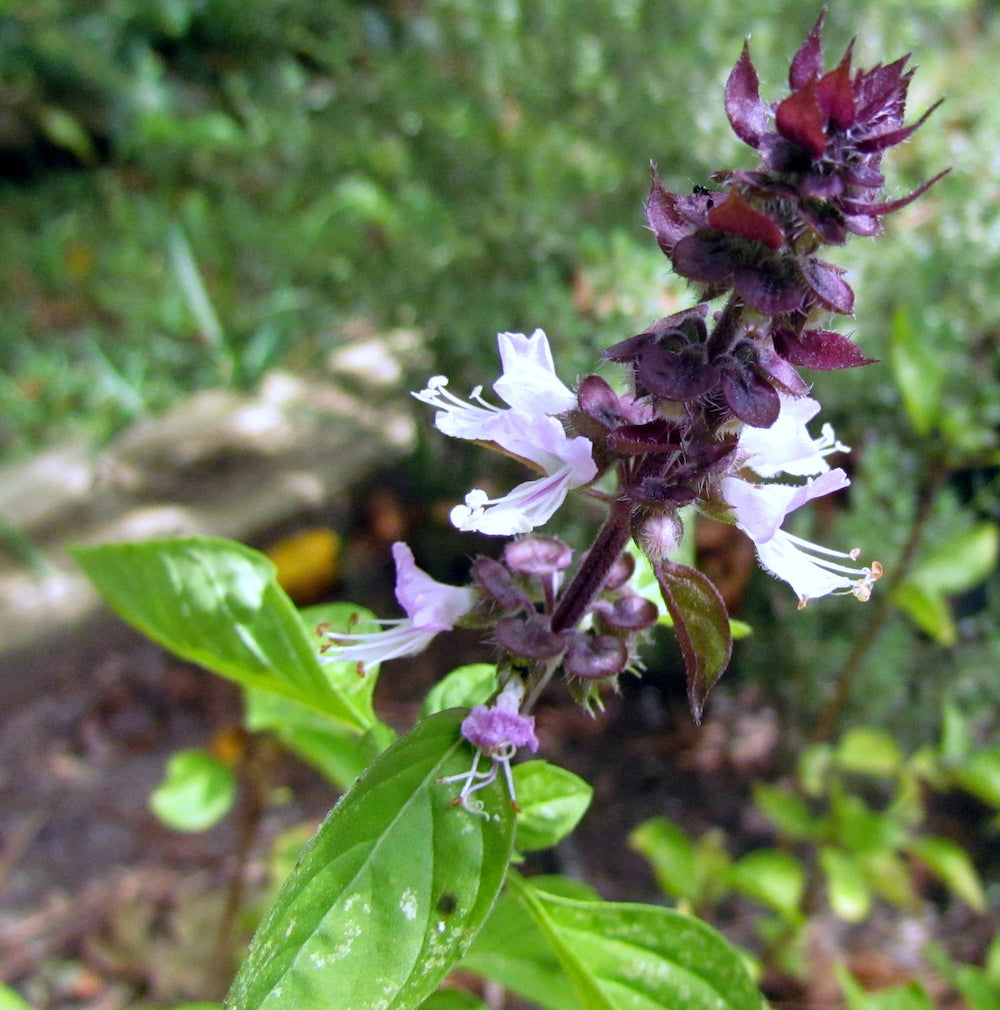Each growing season I am increasingly enthralled with flowers. Progressively I have devoted more and more garden space to growing perennial and annual flowering plants. The appeal of growing flowers is not unique to me and I am sure many of you dedicate a large portion if not all of your garden to them.

Now, my garden has quite a lot of showstoppers like roses, dahlias, lilies and last year I finally realized the importance of foliage and filler flowers in my arrangements. Flowers are beautiful no matter what you do with them, but having the right combination of elements can elevate your simple bouquet into sculpture. My favorite stress relieving activity is to wander around the garden deadheading, picking flowers and foliage to fill my house with bouquets. In the past I have mostly just hunted around for foliage to add. I’ll clip a little bit of willow, some oregano leaves, dill fronds, maybe trim the manzanita bushes around my porch. This totally works and is a very fun way to engage with the plants around you.This year however I have decided to commit to foliage! I am going to grow plants just for that instead of hoping things will be around when I need them.
I remember from a graphic design class that the most important part of typography is actually the space between the letters. It has been a long time since that class but it reminded me of foliage in floral arrangements. Foliage is used as a contrasting background for you to play off of with the big radiant flowers you choose and helps create air,space and dimension in the bouquet. Before I started playing with these textural elements I had a lot of heavy flat looking arrangements.
Growing plants with multiple uses is always a goal of mine and so for foliage and filler flowers this year I want to lean into growing things that are edible and beautiful. Grains like amaranth and quinoa and orach which is an edible green all make for excellent foliage. Orach tastes a bit like swiss chard and has a texture similar to spinach. When these plants reach flower and seed production they make for excellent filler flowers as well. And can be dried for everlasting arrangements.

Herbs are also an excellent supplier of foliage throughout the season and add delightful scents to an arrangement. Besides perennial herbs there are some annual herbs that look and smell great as well. One that has always surprised me is basil. It can be a little tricky to use basil in a bouquet because of the bilateral branching habit but it's worth a try. Last year I let some of my classic culinary basil go to flower and used that in market bouquets but this year I want to try Cinnamon Basil.
Cinnamon basil is akin to a thai basil. Think sweet and spicy with dark purple stems and rich glossy green leaves. It has a chemical constituent in it that makes it smell and taste a bit like cinnamon! It can be grown the same as any other basil. Use a heat mat as basil seeds need to be at least 70 degrees to germinate. In the right conditions your basil will germinate in about a week. I like to grow two plantings of basil each year. One goes in the greenhouse and the other is planted outside once our last spring frost date has passed. Multiple plantings allow for basil until late September here in Oregon. Space plants about 12” apart and pinch the top growth node off once the plants have a few sets of leaves. This will encourage branching and bigger bushier plants.
Make sure to harvest basil early in the morning and if you are using it for bouquets cut it back to where the stem is woody. Basil lasts a surprisingly long time in bouquets. It is a plant that can be propagated from cuttings and it sometimes even grows roots in the vase!
- Amaranth, Ellen's Purple
- Amaranth, Golden Giant
- Basil, Red Rubin
- Cress, Wrinkled Crinkled
- Dill, Mammoth Bouquet
- Dill, White
- Motherwort
- Oregano, Greek
- Orach, Lime Green
- Orach, Purple Mountain Spinach
- Perilla, Red Shiso
- Quinoa, Cherry Vanilla
- Wormwood
≈ by Taryn Hunter


Judy Taylor
Thanks so much. Very interesting. Never thought of herbs in bouquets.